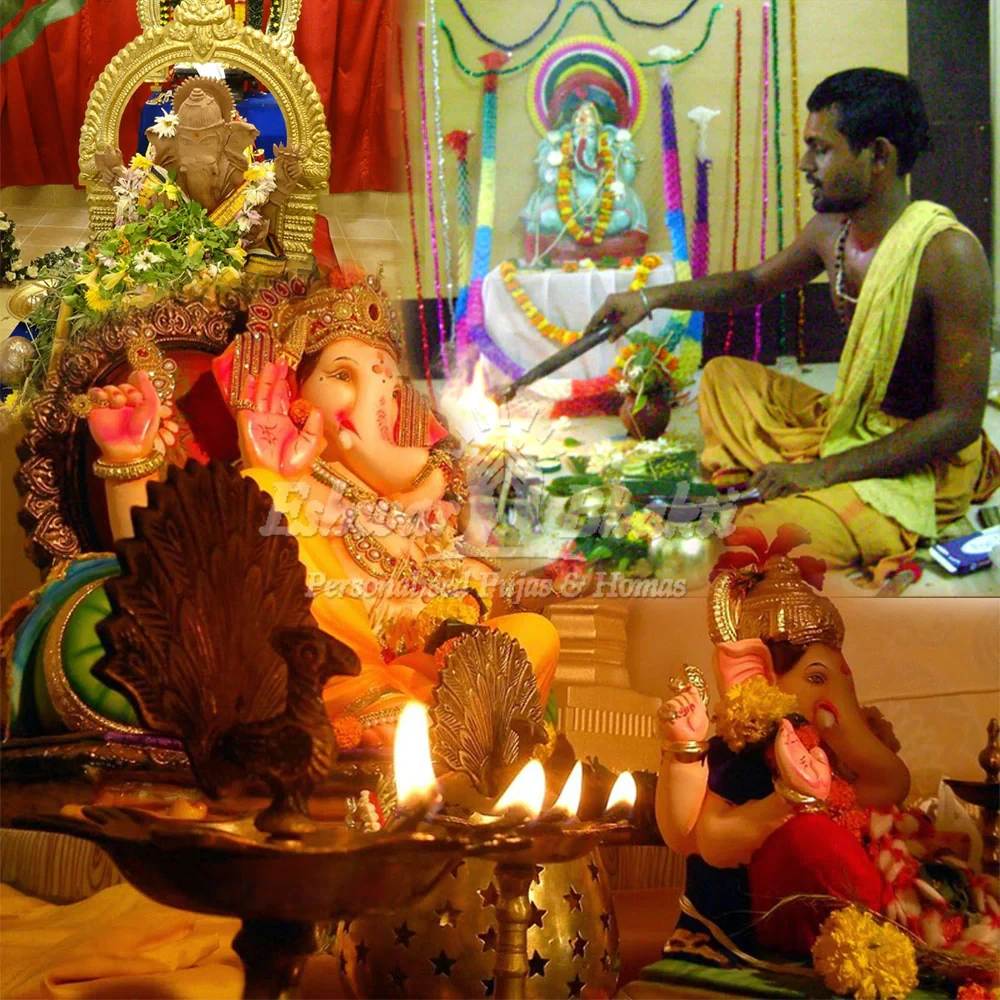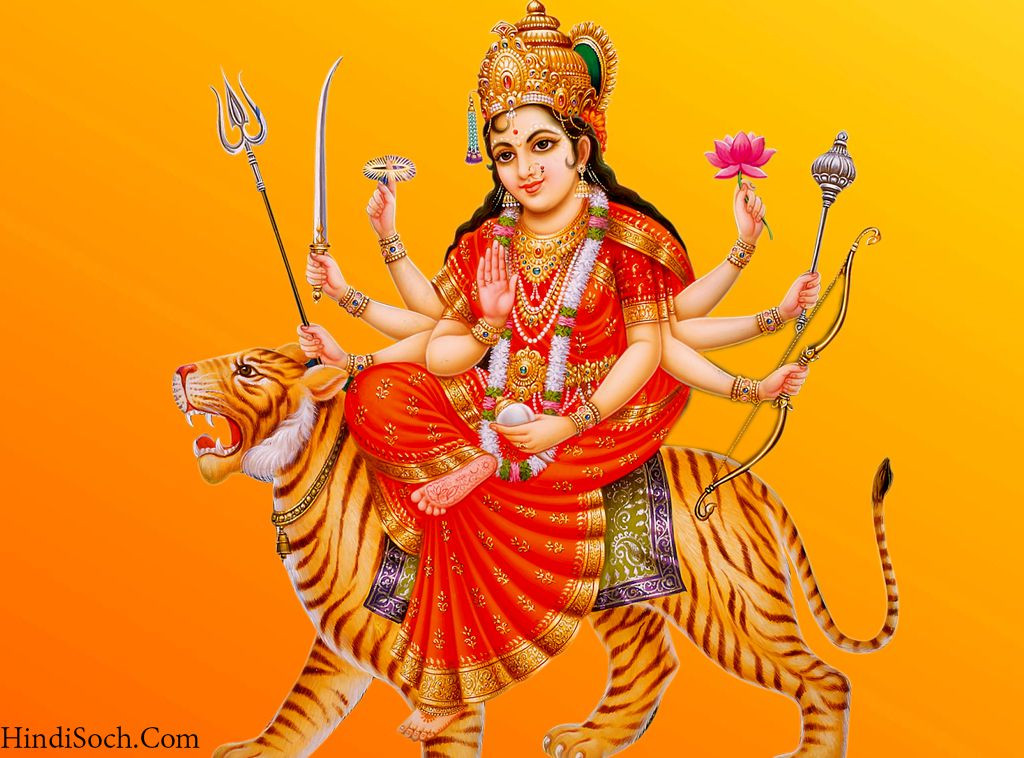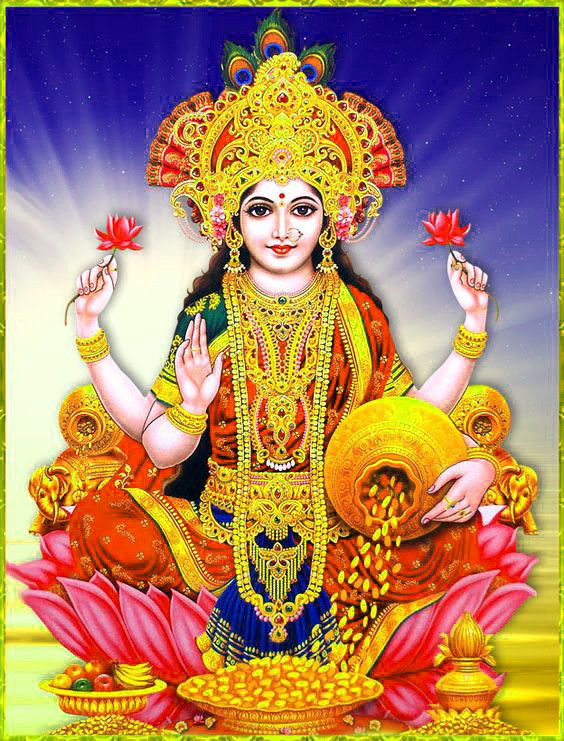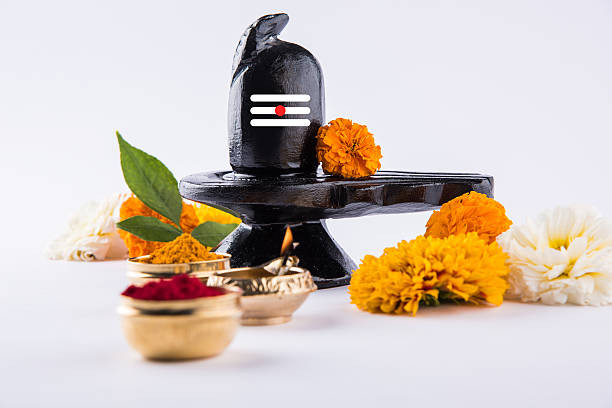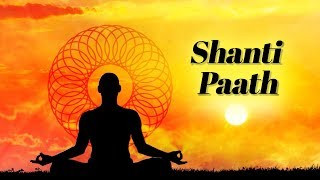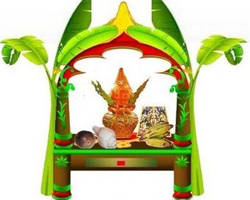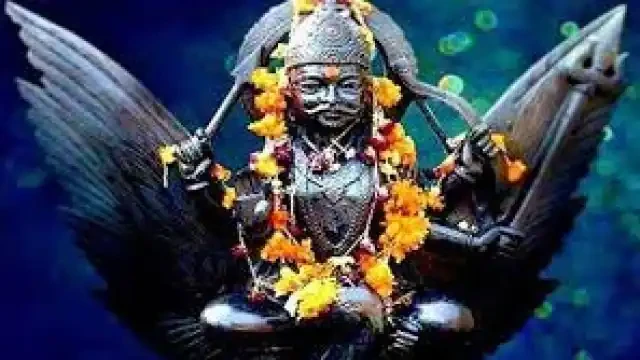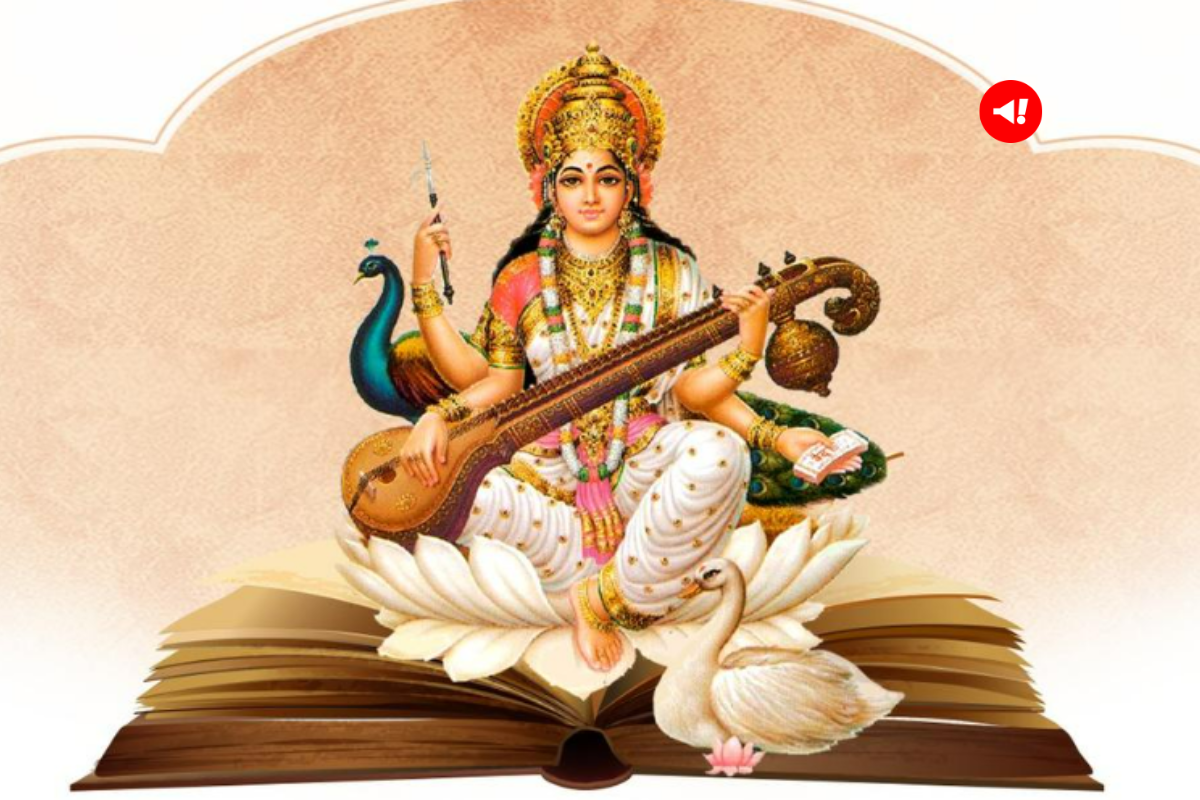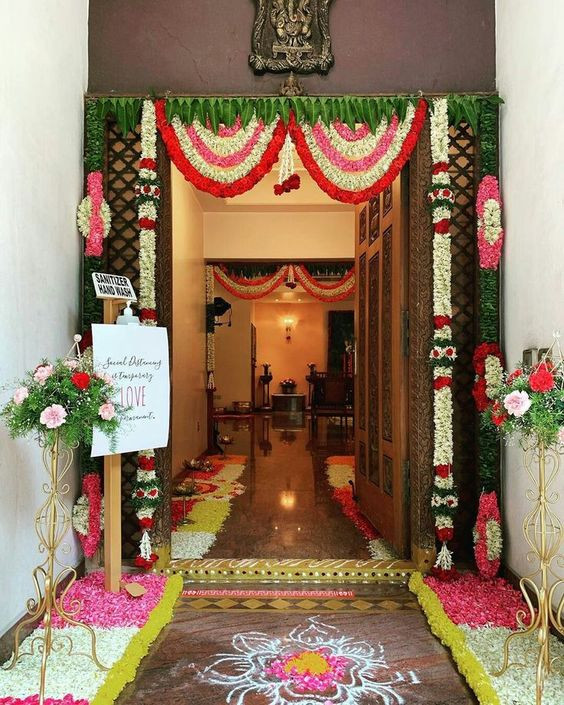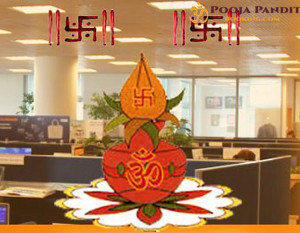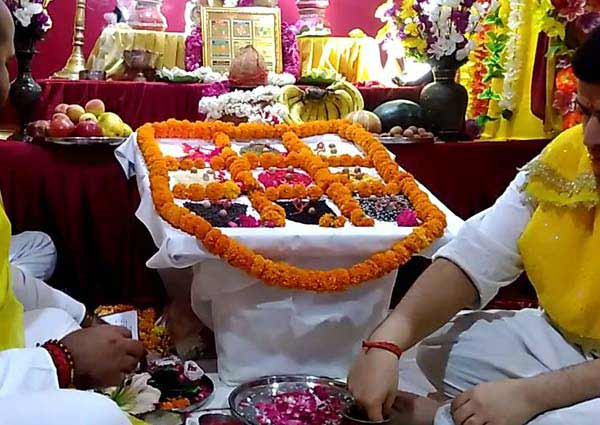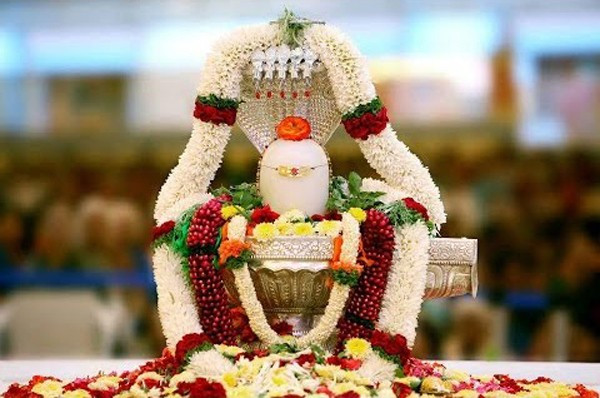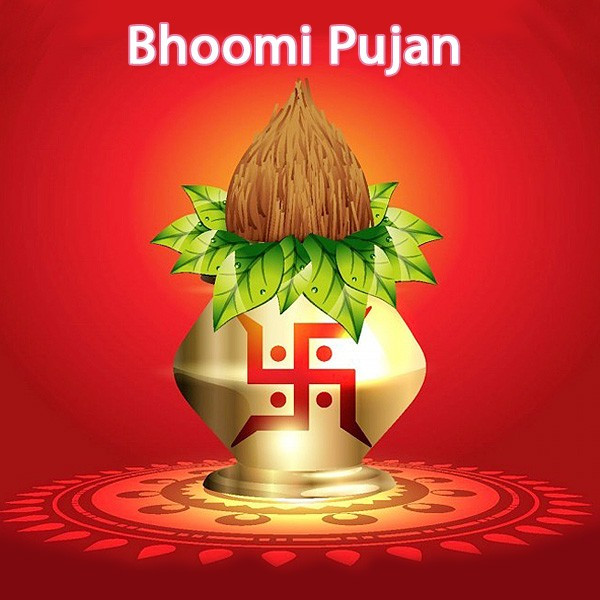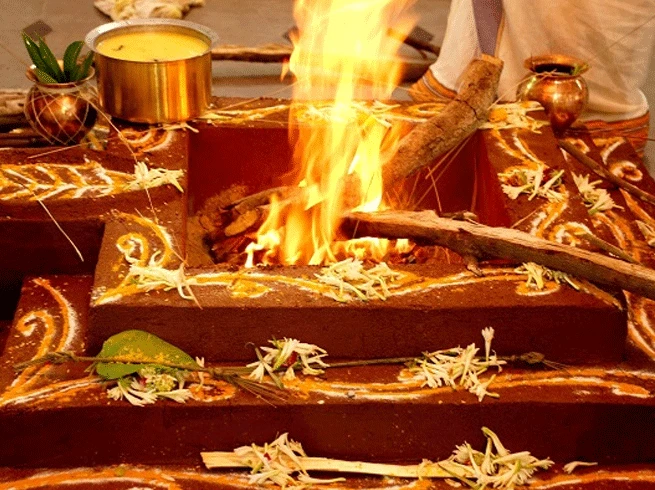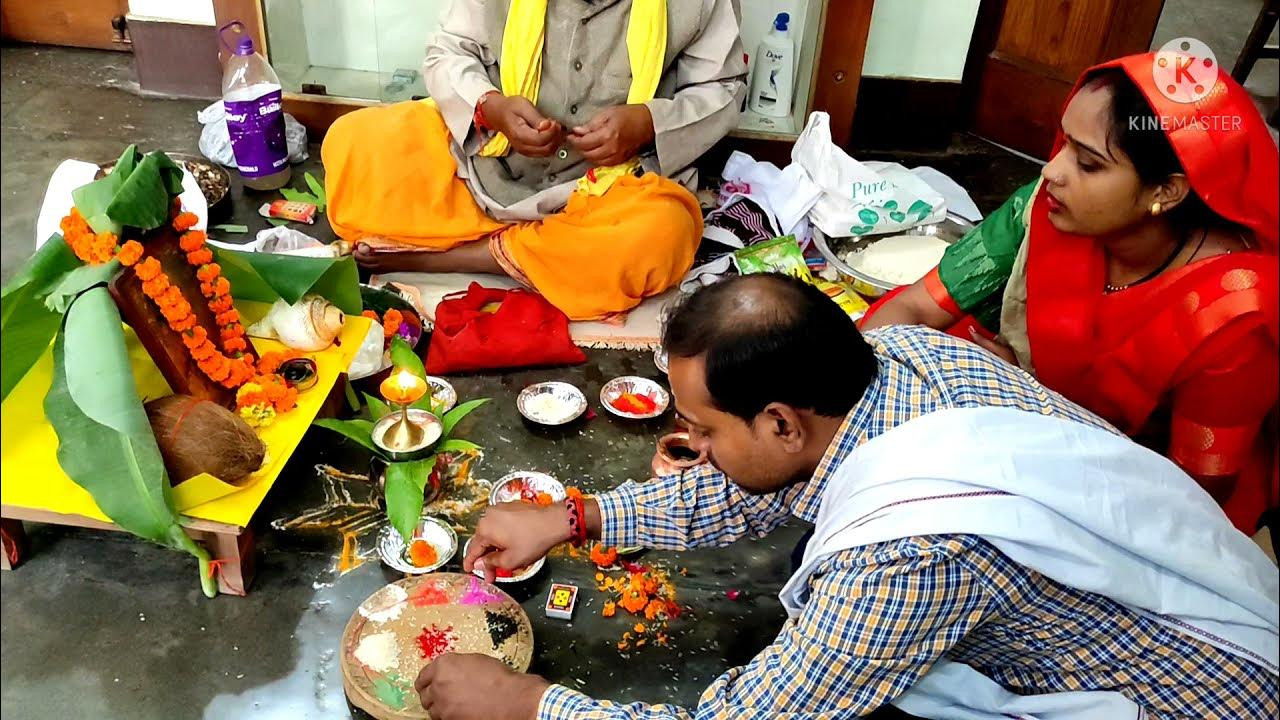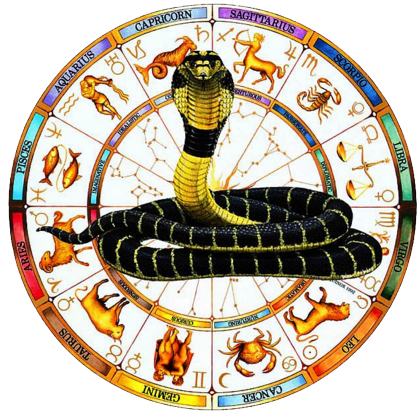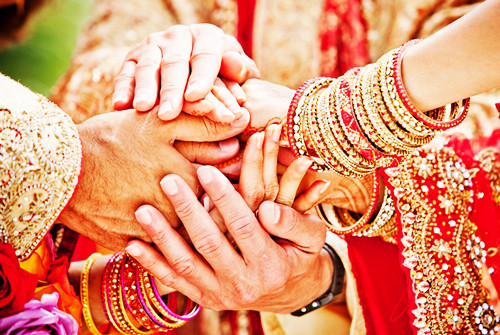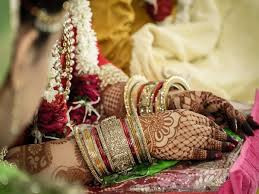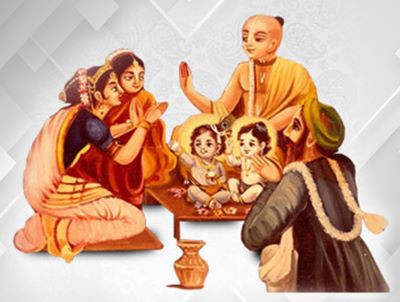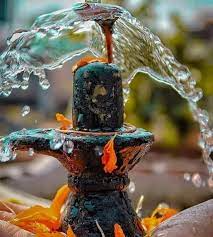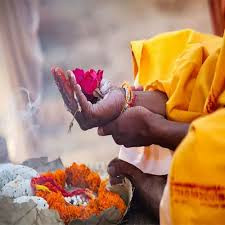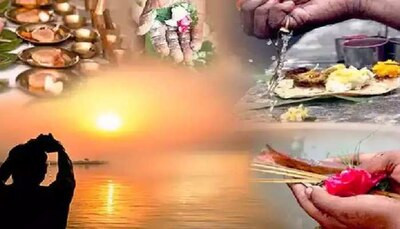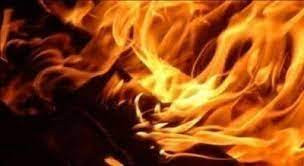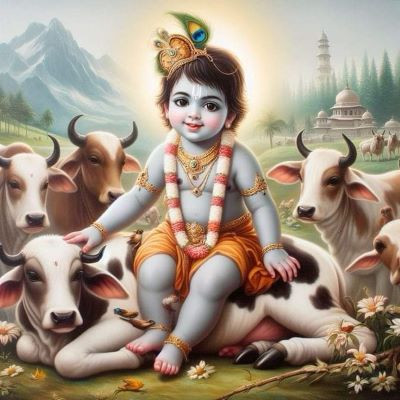
Krishna Janmasthami Puja.
Krishna Janmashtami Puja is a set of rituals and ceremonies performed by devotees to celebrate the birth of Lord Krishna, the eighth avatar of Lord Vishnu. The puja is observed on the eighth day (Ashtami) of the Krishna Paksha (dark fortnight) in the month of Bhadrapada, according to the Hindu lunar calendar. Lord Krishna's birth is believed to have taken place at midnight, and the main celebrations occur during this auspicious time.
Here are the key aspects of Krishna Janmashtami Puja:
-
Fasting (Vrat):
- Devotees often observe a fast on Krishna Janmashtami. Some may choose to fast for the entire day, while others observe partial fasting, consuming only certain foods or abstaining from grains.
-
Puja Preparations:
- Devotees clean and decorate their homes, temples, or prayer spaces in preparation for the puja. The surroundings are adorned with flowers, rangoli, and other decorations.
-
Idol or Image of Lord Krishna:
- An idol or image of Lord Krishna, often in the form of a baby, is placed in a cradle or swing. This symbolizes the divine birth of Krishna. The idol is adorned with new clothes, jewelry, and flowers.
-
Abhishek (Bathing of the Deity):
- The idol of Lord Krishna is bathed in various auspicious liquids such as milk, curd, ghee, honey, and water. This ritual is known as abhishek and signifies the purification and sanctification of the deity.
-
Dressing of the Deity:
- After the abhishek, Lord Krishna is dressed in new and colorful attire. Devotees offer traditional clothing, turbans, and accessories to the deity.
-
Decoration with Peacock Feathers:
- Lord Krishna is often adorned with peacock feathers, which are symbolic of his association with the peacock. The peacock feather is placed on Krishna's crown or as an ornament.
-
Aarti and Bhajans:
- Devotees perform aarti, waving lamps or camphor in front of the deity, accompanied by devotional songs and bhajans dedicated to Lord Krishna. The atmosphere is filled with the sounds of joyous singing and music.
-
Midnight Celebrations:
- The main celebrations occur at midnight, marking the exact moment of Lord Krishna's birth. Devotees gather for special prayers, aarti, and the reading or recitation of the Janmashtami Katha (narrative of Krishna's birth and childhood).
-
Nanda Utsav (Feast):
- After midnight, devotees break their fast with a symbolic feast known as Nanda Utsav. Various dishes, sweets, and fruits are offered to Lord Krishna and then distributed among the devotees.
-
Dahi Handi (Pot of Curd):
- In some regions, especially in Maharashtra, the Dahi Handi tradition is observed. It involves forming human pyramids to reach and break a pot filled with butter or curd, symbolizing Krishna's playful nature.
-
Devotional Programs:
- Devotees participate in devotional activities, including reading scriptures, organizing processions, and attending satsangs (spiritual gatherings).
Krishna Janmashtami Puja is a joyous and spiritually significant celebration that brings together devotees in devotion, prayer, and festive spirit. The rituals and customs associated with the puja may vary across regions and communities.
What you will get:
- Krishna Janmashtami is a Hindu festival that celebrates the birth of Lord Krishna, who is considered the eighth avatar of Lord Vishnu. The festival is observed with great devotion and enthusiasm by Hindus around the world. The Puja (worship) conducted on Krishna Janmashtami includes several rituals and offerings. Here are some common elements of the Krishna Janmashtami Puja:
- 1. Fast (Vrat): Devotees often observe a fast on the day of Krishna Janmashtami. Some may choose to fast from sunrise to midnight, while others may opt for a more rigorous fast, lasting 24 hours.
- 2. Bathing and Dressing the Deity: An idol or image of baby Krishna is bathed and adorned with new clothes. Devotees believe that this represents the divine birth of Lord Krishna.
- 3. Decoration of the Puja Space: The puja area is decorated with flowers, rangoli, and other festive decorations. Images or idols of Lord Krishna and Radha may be placed in the center of the decorated space.
- 4. Aarti (Prayer Ritual): Aarti is a ritual of worship where a lamp or candle is circled around the deity, accompanied by the singing of hymns and prayers. Devotees express their love and devotion through the aarti.
- 5. Offering Sweets and Savories: Lord Krishna was fond of dairy products, so offerings of milk, curd, butter, and sweets like makhan mishri (butter and sugar) are made. Fruits and other vegetarian dishes are also offered.
- 6. Dahi Handi: In some regions, a popular tradition called "Dahi Handi" takes place, where groups of young men form human pyramids to reach and break a pot filled with curd (dahi) suspended at a height. This reenacts Krishna's childhood habit of stealing butter.
- 7. Devotional Singing and Dancing: Bhajans (devotional songs) dedicated to Lord Krishna are sung, and devotees may engage in traditional dance forms like Raas Leela, reenacting Krishna's playful dance with the Gopis (milkmaids).
- 8. Midnight Celebrations: Lord Krishna is believed to have been born at midnight, so the main festivities often take place during this time. Devotees stay awake, singing, praying, and celebrating the auspicious moment of Krishna's birth.
- 9. Reading Scriptures: Devotees may also read or listen to the Bhagavad Gita or other scriptures related to Lord Krishna during the puja.
- It's important to note that specific customs and traditions may vary across different regions and communities. Devotees participate in the Krishna Janmashtami Puja with great joy and devotion, seeking the blessings of Lord Krishna for peace, prosperity, and spiritual well-being.
Benifits of the Package:
- The Sanatan Basket referring to a specific "package" related to Krishna Janmashtami Puja. While there is no standardized or universally recognized "package" for the puja, as it can vary based on personal preferences and local traditions, certain common elements and practices are associated with the celebration. The benefits associated with such a package could include:
- 1. Spiritual Connection: The puja allows devotees to deepen their spiritual connection with Lord Krishna, fostering a sense of devotion and reverence.
- 2. Divine Blessings: Devotees believe that by performing the puja, they attract the blessings of Lord Krishna, which may include protection, guidance, and spiritual well-being.
- 2. Cultural Significance: Participating in the Krishna Janmashtami Puja, with its rituals and traditions, helps individuals engage with and uphold the cultural and religious significance of the festival.
- 3. Family Bonding: The celebration of Krishna Janmashtami often involves families coming together to perform the puja, creating an opportunity for bonding and shared spiritual experiences.
- 4. Karma Purification: Engaging in the puja rituals may be seen as a way to purify oneself from negative karma and seek spiritual upliftment.
- 5. Wish Fulfillment: Devotees may believe that sincere prayers and offerings during the puja can lead to the fulfillment of personal wishes and desires.
- 6. Joy and Celebration: The festive atmosphere and celebrations associated with Krishna Janmashtami Puja contribute to a sense of joy, happiness, and community spirit.
- 7. Scriptural Understanding: Reading and reflecting on scriptures related to Lord Krishna, such as the Bhagavad Gita, can enhance one's understanding of spiritual principles and teachings.
- 8. Community Participation: Joining others in the celebration of Krishna Janmashtami creates a sense of community and shared religious identity.
- It's important to note that the benefits mentioned here are based on cultural and religious beliefs, and individual experiences may vary. The specific contents of a "package" for Krishna Janmashtami Puja would depend on the traditions followed by the individuals or communities observing the festival.
Service Availability
- Sunday 08:00 AM - 02:00 PM
- Monday 08:00 AM - 02:00 PM
- Tuesday 08:00 AM - 02:00 PM
- Wednesday 08:00 AM - 02:00 PM
- Thursday 08:00 AM - 02:00 PM
- Friday 01:00 AM - 05:30 AM
- Saturday 01:20 AM - 12:40 PM

